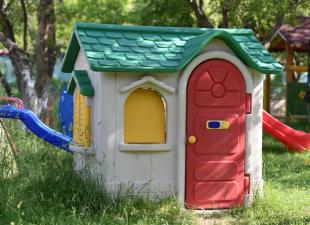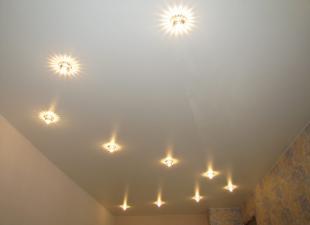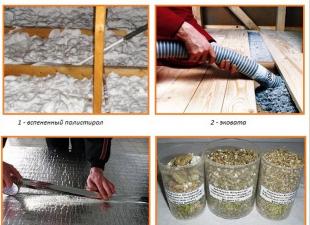Many people refuse hanging batteries, which sometimes not only get in the way, but are not included in the overall picture of the house. Using baseboard heating, your rooms might look like this:
Skirting heating is just a great alternative to underfloor heating and radiators. Radiators do not give such a thermal effect, but underfloor heating is quite laborious and difficult to install correctly. That is why many people prefer baseboard heating, which until recently was a rather unknown way to maintain a normal room temperature.
The baseboard heating system can be connected to central heating when the temperature of the heating medium is no more than 85 ° C, and the pressure is no more than 3 atmospheres. It is necessary to maintain such parameters in order to avoid the so-called water hammer. When installing heating, you should also take into account such recommendations:
- It is preferable to use copper pipes instead of conventional plastic ones.
- You can use a heat exchanger that receives heat from the central heating and is built in using special copper plates.
- Mount thermostats to each of the radiators.
- It is possible to install a special servo drive on a special distribution manifold.
- Install a circulation pump, thermometer and pressure gauge.
Electric heating
Electric skirting board heating is easier to use. Its main element is a special block of radiators with heating elements. The heating element is installed in the lower tube of the radiator, while the supply cable is laid in the upper tube. The key requirement here is the complete absence of high humidity in the room where the installation of such a system is planned.
Such heating is connected to a regular standard outlet. The system power is approximately 200 W per 1 pgm.
The principle of operation of baseboard heating
Plinth heating is quite effective due to the fact that it is not the air that is heated at all, but the walls of the room. The walls here act as radiators to maintain the temperature in the room. In order for the air to normally flow to the baseboard coolant and leave it without hindrance, special two slots are provided in the boxes.
For baseboard heating, the main thing is materials that must have high thermal conductivity. Heating the coolant to very high temperatures is not so important here. 
It should also be noted that this system can work as a device that lowers the temperature in the room. It is enough just to pour a special coolant into the system. The effect of such an application will be significantly lower than when heated, but quite noticeable. 
Of the advantages of this system, it should be noted:
- complete absence of convection, which means that there is no dust suspension in the air;
- baseboard heating is absolutely safe for humans;
- heat spreads evenly throughout the room;
- boxes and walls are at a temperature safe for animals and humans;
- dryness of walls and air;
- amazing ease of installation;
- absence of any contraindications for use;
- baseboard radiators look quite aesthetically pleasing, and also save space;
- significant fuel economy;
- ease of dismantling and repair;
- the possibility of installing thermostats.
Disadvantages of such a system:
- high price of components - aluminum and copper;
- making the right plinth heating with your own hands will not work;
- the most permissible length of the heating circuit should definitely not be more than 15 meters;
- the impossibility of any decoration of the plinth;
- the inability to install close to the walls of furniture;
- the location of the heating elements very close to the wall leads to a rapid destruction of the wall covering.




 parlini.ru Repair of an apartment, a summer residence and a house.
parlini.ru Repair of an apartment, a summer residence and a house.


